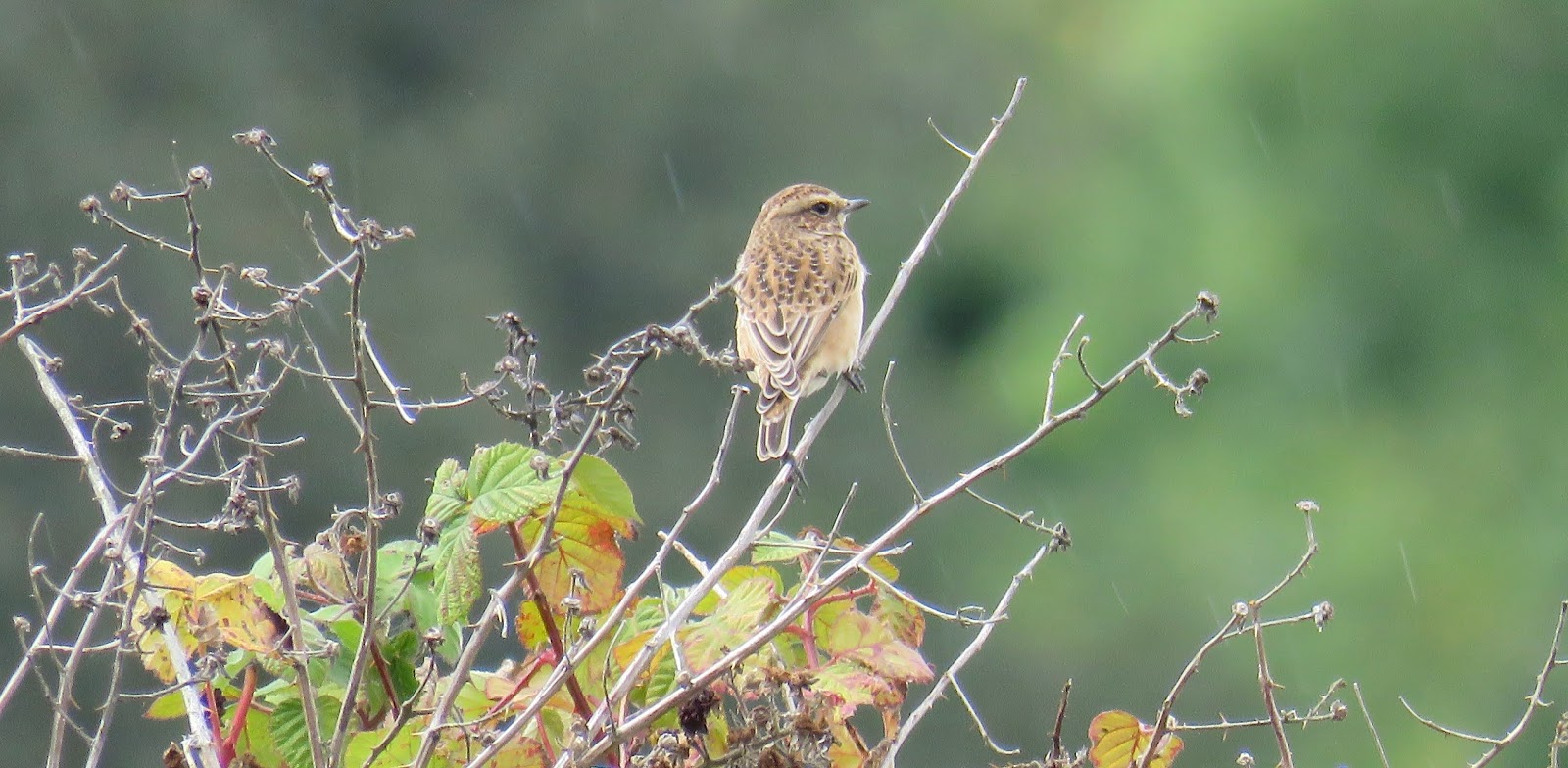Lose glasses, find iridis

It was a pleasure to once again meet up with Sussex-based freelance ecologist and all-round good bloke Graeme Lyons ( you can visit his highly instructive and entertaining blog here ). He has been conducting an invertebrate survey at Chipstead Bottom over the summer, and invited me to accompany him on his latest session yesterday. I jumped at the chance. Graeme's natural history knowledge is exceptional and his desire to encourage and inspire others to look at all the natural orders is infectious. We met at 09.00hrs. It had been over six years since we last met, but immediately struck up the easy going relationship that we had previously enjoyed, chatting non-stop during the following seven hours as I followed him around, watching the master at work. Graeme was armed with a sweep net, suction sampler and beating tray, utilising all this equipment (plus more) to entice the myriad of hiding invertebrates out into the open, ready to be catalogued and identified. There were five s










